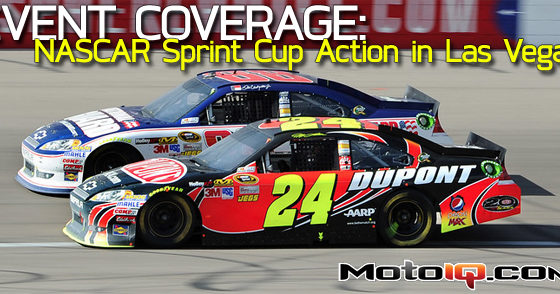The door handles and mirrors on Project Hypermiler came painted, and swapping out the sad excuse for shocks and springs on this car was absolutely necessary to keep them that way. On top of that, the stock wheels and tires left the car looking like a grizzly bear riding a skateboard, making it an unfathomable proposition to retain these pizza-cutters after going through the trouble of upgrading the suspension. Luckily, Suspension Techniques, Whiteline, Enkei, and Nitto had off the shelf solutions to help Project Hypermiler actually turn a corner at ludicrous speed while keeping its mirrors and door handles painted.

That’s not to say that it was a simple matter of firming up the car’s roll-resistance, throwing some big meats on there, and calling it a day. Project Hypermiler presented some unique requirements and some compromises needed to be made. The suspension needed to be firm, but not kidney blasting units that generated more Aggravation Per Mile (APM?) through squeaks, rattles, and shivers than a sports talk radio show the Monday after the home team lost. The wheels and tires needed to improve handling, feel and appearance, but still make sense with the project’s daily driver status and 60mpg tank average goal, throwing R-compound steamrollers right out the window.
Lastly, all of these items had to jive with the car’s $3500 purchase price. Magnetorheological shocks, top of the line Michelins, and forged magnesium wheels would’ve certainly met the Project’s goals, but also would’ve eclipsed its buy-in by a considerable margin. Sensible yet fun was the name of the game here.

Sensibility comes into play immediately when selecting suspension modifications for the VW MKIV chassis, and foremost among these comes when determining ride height for the vehicle. While the ability to slam the vehicle certainly exists in the aftermarket VW world, keeping the front suspension geometry as happy as possible was paramount, so lowering would need to be limited to as close to stock as reasonable. Fresh from the factory, the VW MKIV chassis is set up with a very poor camber curve on the front of the car. The outside front tires lose camber any time the car rolls when cornering because the control arms are pointed at an upward angle at static ride height. Out back, however, is a different story. While a beam axle lacks in sophistication, it does have the benefit of having a nearly perfectly matched camber gain to roll ratio. This means that any MKIV chassis car will always be subject to understeer without re-engineering of the suspension’s hard points because the car is set up to lose camber more quickly on the front than it is on the rear.

Why purposefully sabotage the front to rear camber gain ratio and condemn the car to a life of continual understeer? The reasoning VW likely used actually makes some sense. Loss of grip through camber is generally a very progressive process, mainly because cars gradually lose camber as they roll. The MKIV chassis, with a rear-skewed camber gain ratio, will gradually increase the amount of grip lost on the front of the car the harder it is pushed, giving the inexperienced plenty of warning before the fecal matter hits the ceiling-mounted air handling device. This method of introducing understeer is much more gradual than using a balanced camber gain ratio and using spring rates to determine chassis balance. A balanced camber gain ratio would place most of the responsibility of informing a driver he’s about to fly off the road on the tires. With a set of ultra-sticky high performance tires, this may not be immediately apparent until it’s too late. Nothing is more scary than sudden and terminal understeer, as there’s almost nothing that can be done to immediately regain control of the car. In the end, the goal for Hypermiler’s ride height choice and suspension modifications was to mitigate the front suspension’s inherent flaws, not remove them entirely, while also improving aerodynamics for fuel economy purposes. Mild understeer with plenty of warning is a good thing in a car that spends the vast majority of its time on public roads.
Since self-preservation is a very strong instinct, keeping ride height reasonable would help the car on the road. The oil pan, which doesn’t sit very far off the ground, is made of cast aluminum.




